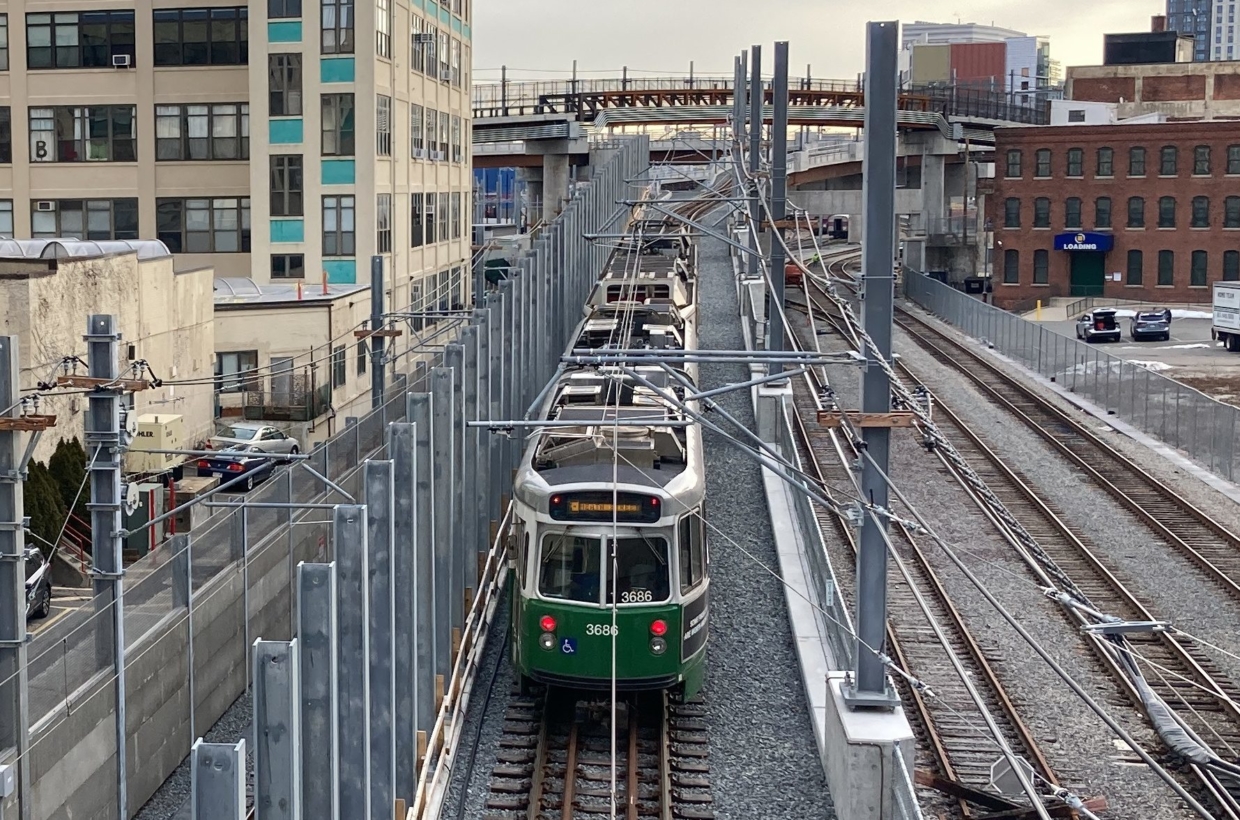Equilibria
Senior Member
- Joined
- May 6, 2007
- Messages
- 7,086
- Reaction score
- 8,325
So... it was fine all along and they were just wasting our time?
It wasn't fine all along - I did speak with someone who would know, and this was a real physical problem that took a few weeks to fix. The contractor built the track at the narrowest edge of spec (by mistake, but approved at the time because it was just barely in spec) and it narrowed further with usage infinitesimally to the point where first a little of it, then a lot of it failed inspection.
There are some new people in charge of line work at the T, and I think hopefully a corner has been turned.
Also...


